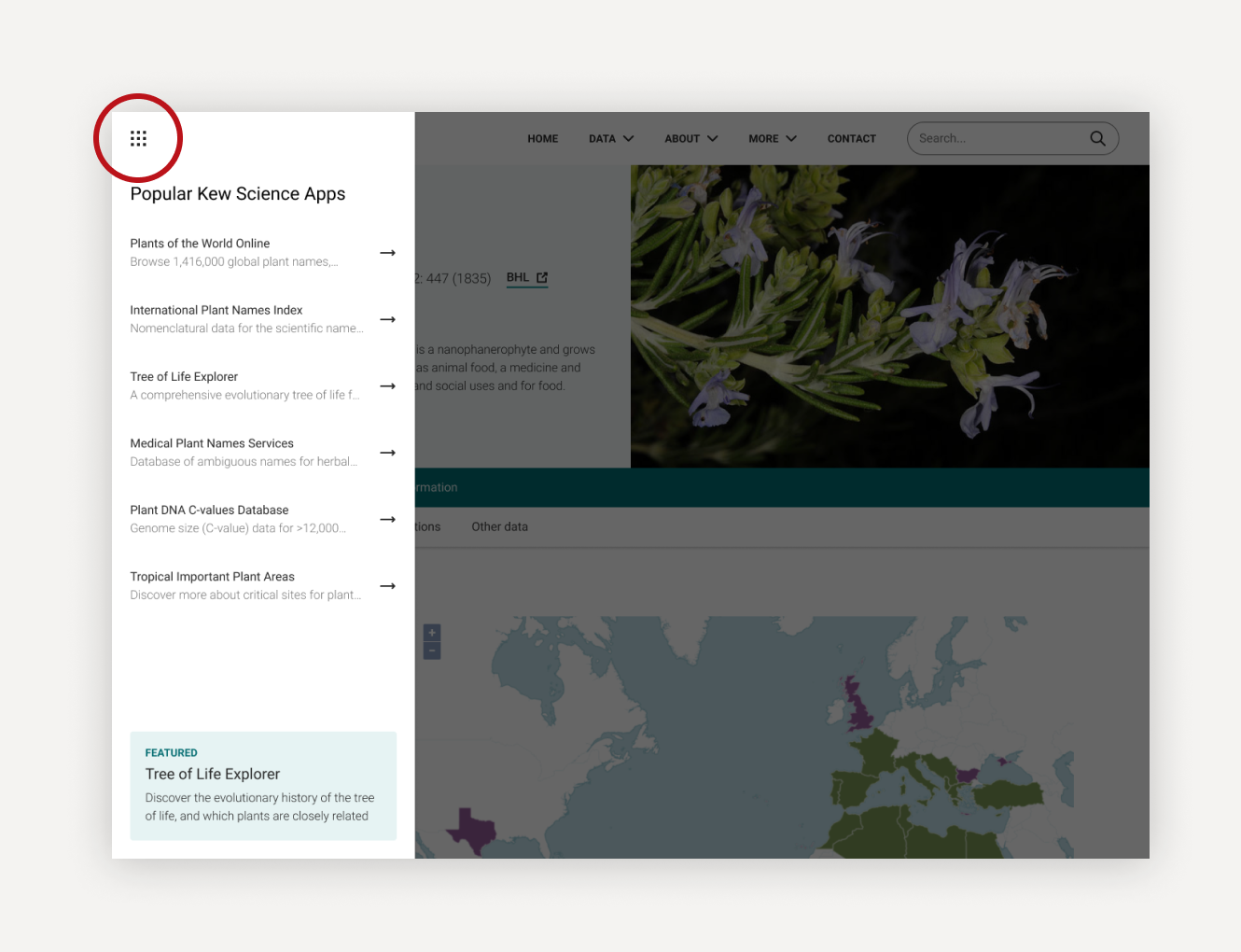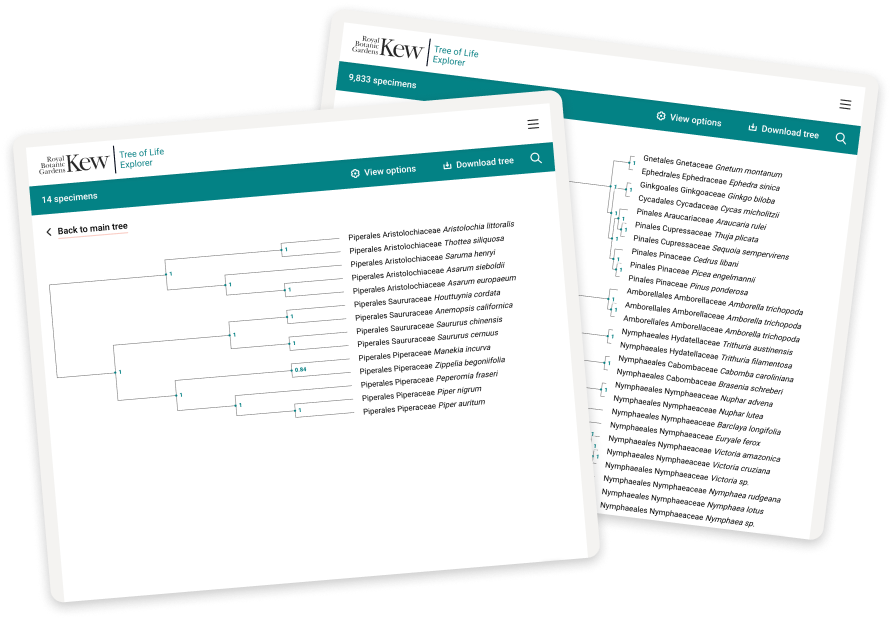Native to:
Afghanistan,
Alabama,
Alaska,
Albania,
Alberta,
Aleutian Is.,
Algeria,
Altay,
Amur,
Argentina South,
Arizona,
Arkansas,
Assam,
Austria,
Baleares,
Baltic States,
Belarus,
Belgium,
British Columbia,
Bulgaria,
Buryatiya,
California,
Central European Rus,
Chile Central,
Chile South,
China North-Central,
China South-Central,
China Southeast,
Chita,
Colorado,
Corse,
Cyprus,
Czechoslovakia,
Denmark,
District of Columbia,
East Aegean Is.,
East European Russia,
East Himalaya,
Falkland Is.,
Finland,
Florida,
France,
Føroyar,
Georgia,
Germany,
Great Britain,
Greece,
Greenland,
Hungary,
Iceland,
Idaho,
Illinois,
Indiana,
Inner Mongolia,
Iowa,
Iran,
Iraq,
Ireland,
Irkutsk,
Italy,
Japan,
Jawa,
Kamchatka,
Kansas,
Kazakhstan,
Kentucky,
Khabarovsk,
Kirgizstan,
Korea,
Krasnoyarsk,
Kriti,
Krym,
Kuril Is.,
Labrador,
Lebanon-Syria,
Louisiana,
Magadan,
Maine,
Manchuria,
Manitoba,
Maryland,
Mexican Pacific Is.,
Mexico Northeast,
Mexico Northwest,
Michigan,
Minnesota,
Mississippi,
Missouri,
Mongolia,
Montana,
Morocco,
Myanmar,
Nebraska,
Nepal,
Netherlands,
Nevada,
New Brunswick,
New Hampshire,
New Jersey,
New Mexico,
New York,
Newfoundland,
North Carolina,
North Caucasus,
North Dakota,
North European Russi,
Northwest European R,
Northwest Territorie,
Norway,
Nova Scotia,
Nunavut,
Ohio,
Oklahoma,
Ontario,
Oregon,
Pakistan,
Pennsylvania,
Poland,
Portugal,
Primorye,
Qinghai,
Québec,
Romania,
Sakhalin,
Saskatchewan,
Sicilia,
South Carolina,
South Dakota,
South European Russi,
Spain,
Sumatera,
Sweden,
Switzerland,
Tadzhikistan,
Taiwan,
Tennessee,
Texas,
Thailand,
Tibet,
Transcaucasus,
Turkey,
Turkey-in-Europe,
Turkmenistan,
Tuva,
Ukraine,
Utah,
Uzbekistan,
Vermont,
Vietnam,
Virginia,
Washington,
West Himalaya,
West Siberia,
West Virginia,
Wisconsin,
Wyoming,
Xinjiang,
Yakutskiya,
Yugoslavia,
Yukon
Introduced into:
Argentina Northwest,
Bolivia,
Connecticut,
Massachusetts







